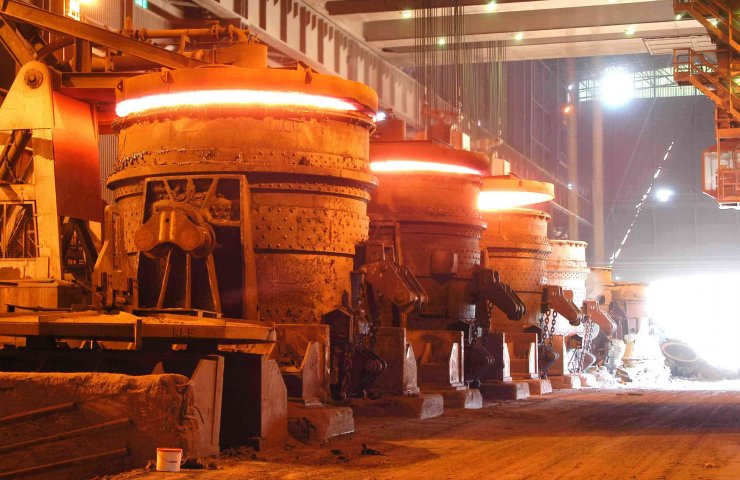What to expect metallurgists in 2020: ore cheaper and coal more expensive
the price of iron ore needs "to decline slightly in the next year", while coal may rise, and steel prices will be stable, but will not fall below current levels, predicts Tracy Liao, an analyst at Citi.
According to the forecast Liao, announced last Thursday at the conference of London metal exchange in London, the average prices of iron ore fines with a content of 62% iron delivered in China, could fall to $ 80 per ton in 2020, with 94 per ton in 2019, and then fall to $ 60 per ton in 2021 and 2022. Thus, the quotes will return to the levels of early 2018, before the tragedy in Brazil, after which the largest producer of Vale < / span>significantly reduced the supply of ore to the world market.
"the Trend is the gradual decline in prices, but the path is very bumpy," said Liao.
According to the analyst, allowances for iron ore concentrate and pellets are under pressure due to abundant supplies and weak profitability of steel production, and the difference in price between 65%, 62% and 58% of iron content is also significantly below the levels of late 2017 - early 2018.
According to Liao, lower coal prices this year were the result of weak procurement in China and India, although in recent years there has been a modest rebound, and prices are likely to rise from current levels. "The steadily growing imports in China should raise the procurement of coking coal from Australia," she said, noting that the FOB price in Australia is currently significantly reduced in comparison with domestic prices in China.
According to her, the growth of marine supply is likely to remain restrained until 2021, while the increase in the volume of blast furnace in China should support demand for hard coking coal, she said.
According to research by Citi, the average price of stone coking coal, $ 185 U.S. dollars per ton this year, and will fall to 170 USD per ton in 2020, $ 160 per ton in 2021 and $ 150 per ton in 2022.
Steel is configured to moderate indicators because although it is expected that in 2019, the growth in advanced economies will slow down in 2020, they must increase slightly, said Liao.
India, after a "very weak" 2019 will bottom out in 2020, after the announcement of the development of infrastructure. China, which accounts for 50% of global steel consumption in 2019 has shown some strong growth, while the real estate sector has exceeded expectations, although the year 2020 may occur slower growth in this area, and investment in fixed capital remained weak, she said.
According to Liao, steel stocks in China are still generally low, though the margin is under pressure due to supply growth.
According to analysts, outside of China the market fundamentals have become weak and demand remains unchanged, as evidenced by significant reductions in gross margin of ArcelorMittal.
